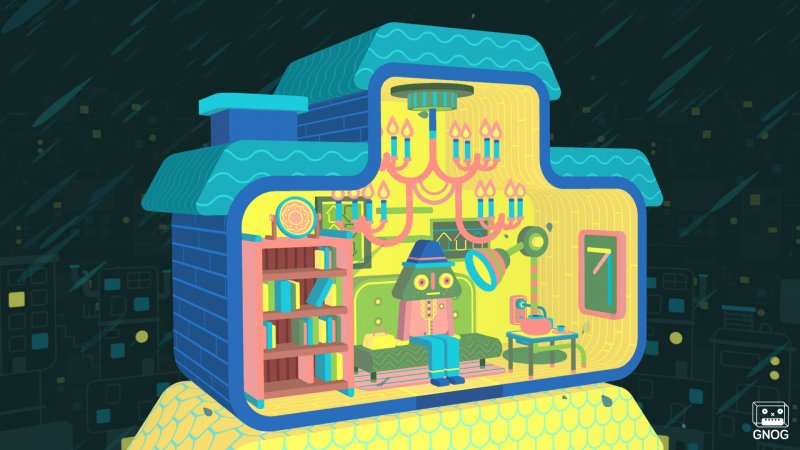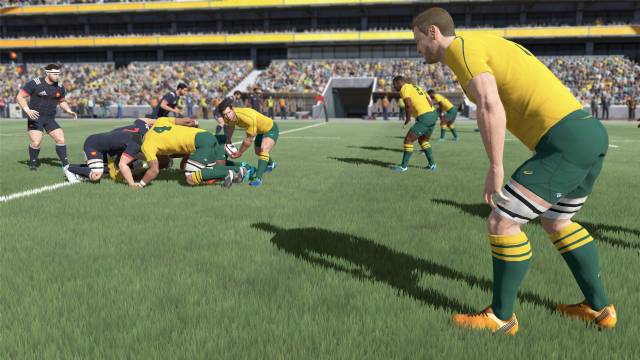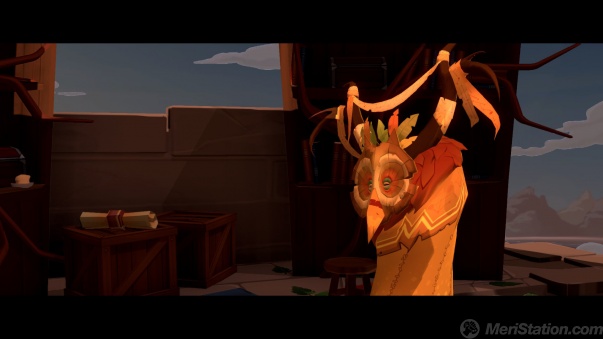In fact, we find the boys of KO_OP, a group of Montreal developers very inspired by the artistic point of view, as we have already seen during the collaboration with Ubisoft for Lara Croft GO and its Mirror of Spirits. With a lot of curiosity we have therefore worn our helmet to play GNOG, even though as we are about to see the game can be safely appreciated by those who do not own PlayStation VR.
Let yourself be involved in the colorful GNOG monsters: you will not be disappointed!
TOUCH AND EXPLORE
The series of puzzles that we propose GNOG is divided between the various levels of which the game is composed. Each of them is composed of the face of a kind of monster, which actually hides a sort of box full of playful colors and shapes, as well as more or less hidden indications on how to solve the puzzles that are part of it.
The moment you find yourself for the first time in front of one of these “so” you can be assailed by a small sense of loss, but destined to vanish after a few moments thanks to the way in which KO_OP has built the puzzles. In a slightly different way from other titles that make puzzles their pivotal point, the experience offered by GNOG is identifiable as a whole flow, in which the player is invited to interact with everything that is found before the own eyes instead of puzzling about what to do.
The design of the levels pushes us therefore to fiddle with all the elements that compose the box-monster, using the keys of the pad to turn it and rotate it while they are observed and touch the components. All this does not mean obviously that you should not use your head to solve the GNOG puzzles,
nor that there may not be moments in which you do not know how to move forward. Based on our experience with the game we can still tell you that it is very rare to find yourself without having an idea of what to do, and that often these moments are due to the distraction of the player who does not allow him to see a suggestion or an element with which to interact, despite having it maybe right in front of him.
In terms of variety, GNOG levels offer a discreet differentiation, especially in terms of the setting: in one of them, for example, you find yourself having to feed some birds, while in another you have to fix a spaceship; yet another is composed of a kind of multi-story building. The elements with which to interact are less different, since in most cases we speak of buttons, wheels and levers, but this was inevitable if we consider the nature of GNOG.
However, the change of context works, which makes each level a story in itself, populated by different elements and characters that the player can not wait to discover. The aspect of longevity is instead the one where GNOG suffers most: the levels can be completed in a few minutes and their total reaches only nine, leaving also little room for replayability if not to return to appreciate the inspired artistic vein of the game.
The price could have been a few euros less, but considering the care taken by KO_OP in design we do not feel like making a drama. We hope the arrival of other “monsters” sooner or later.



